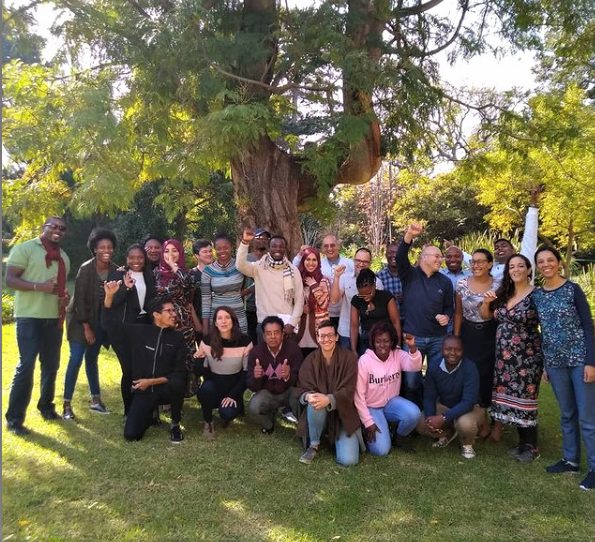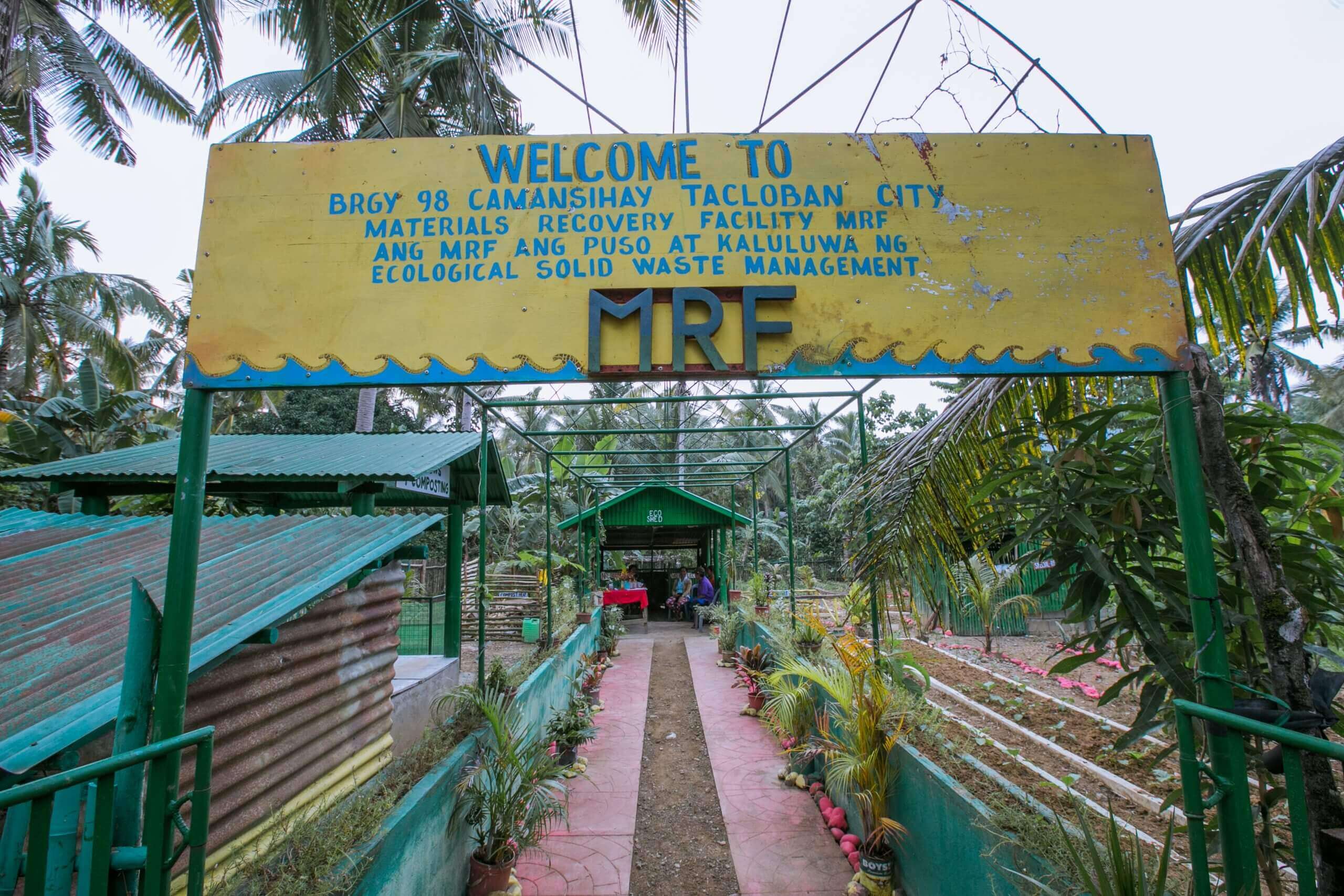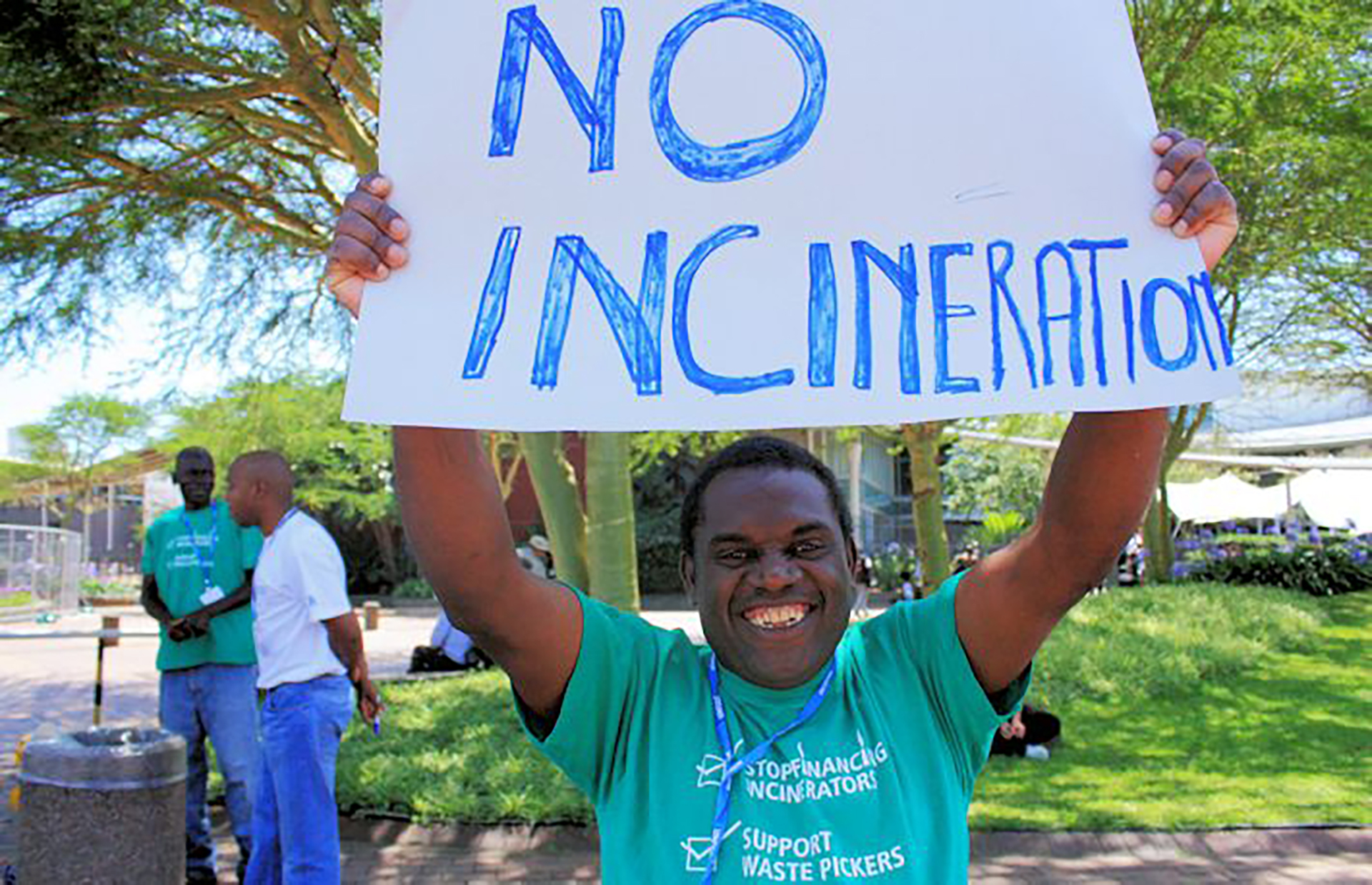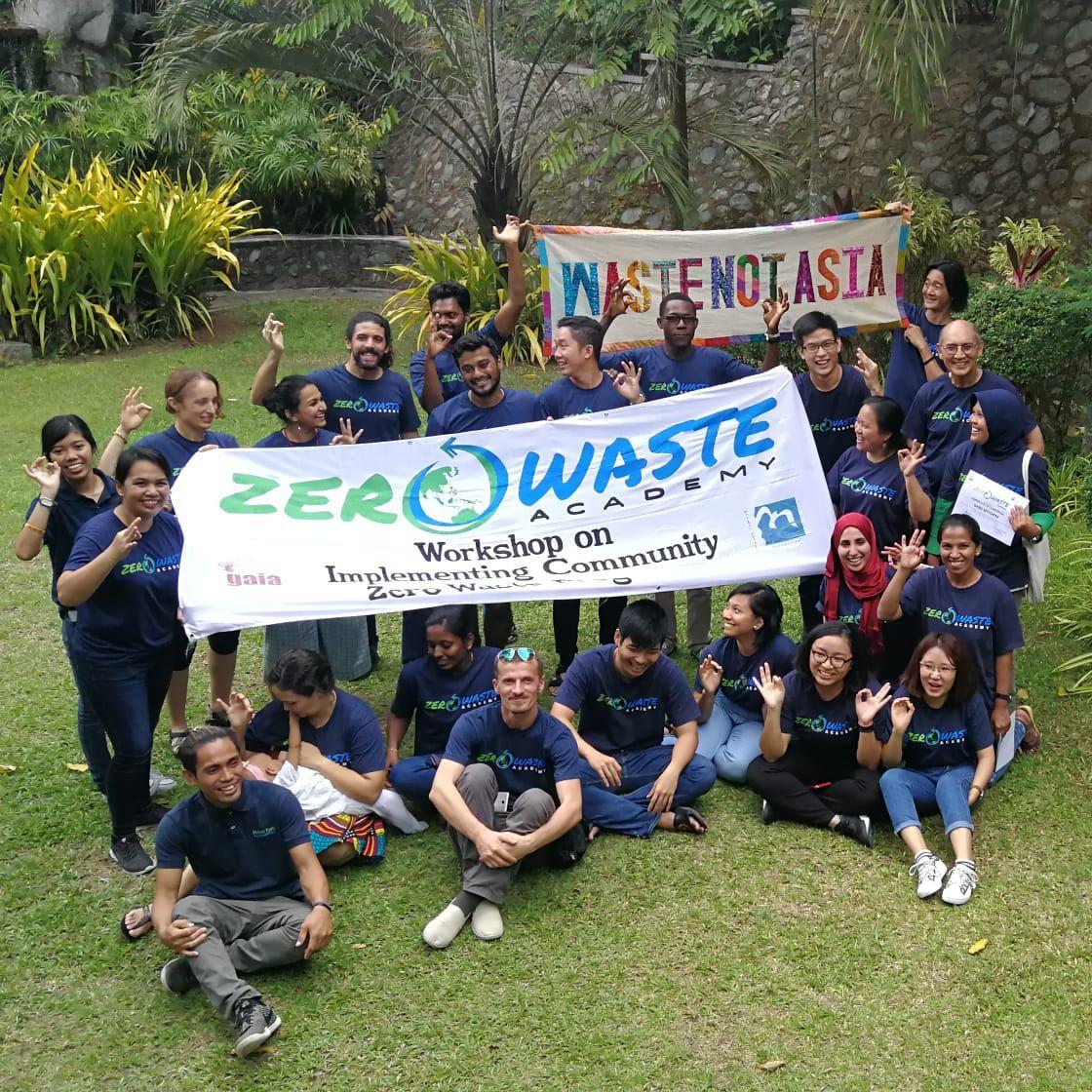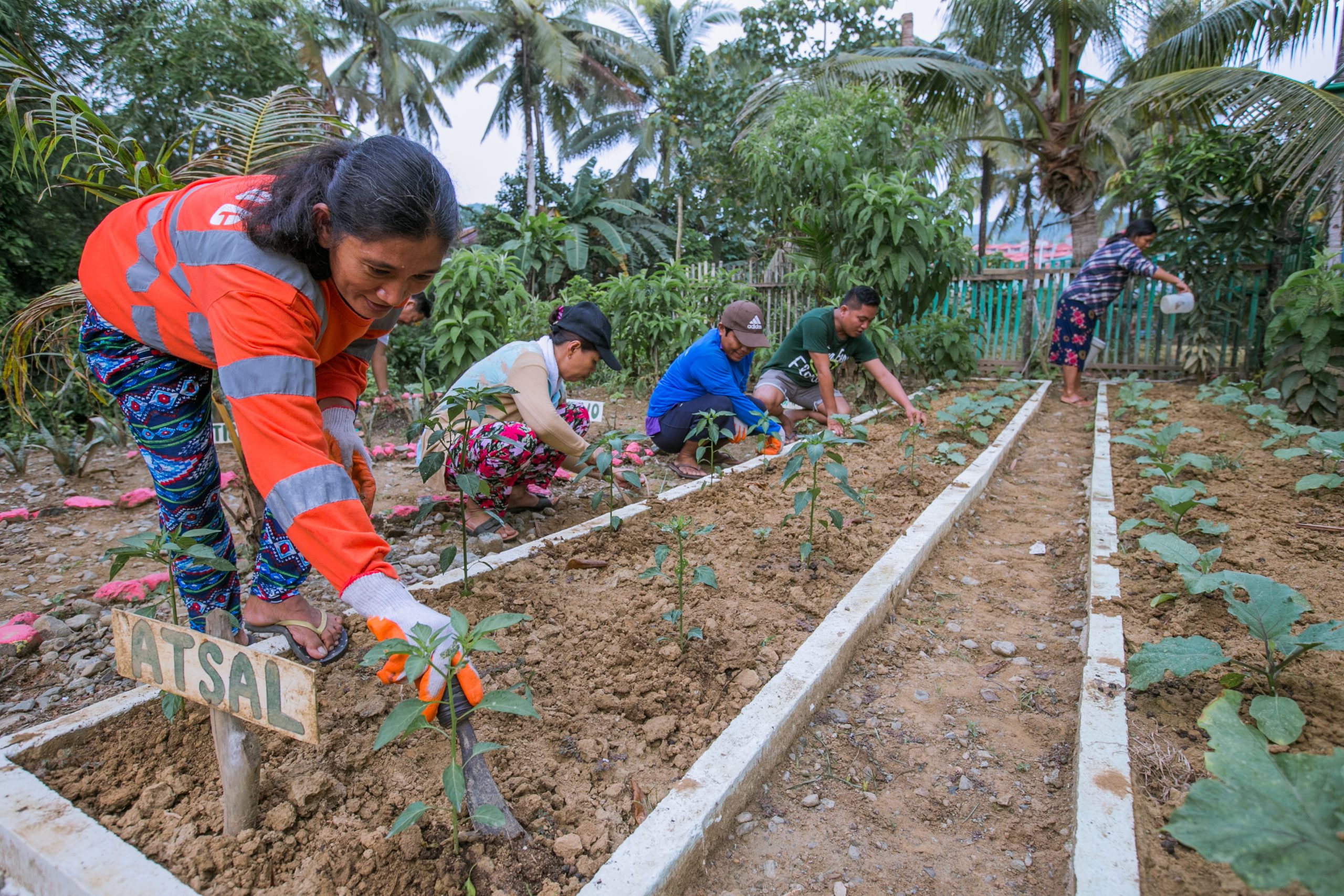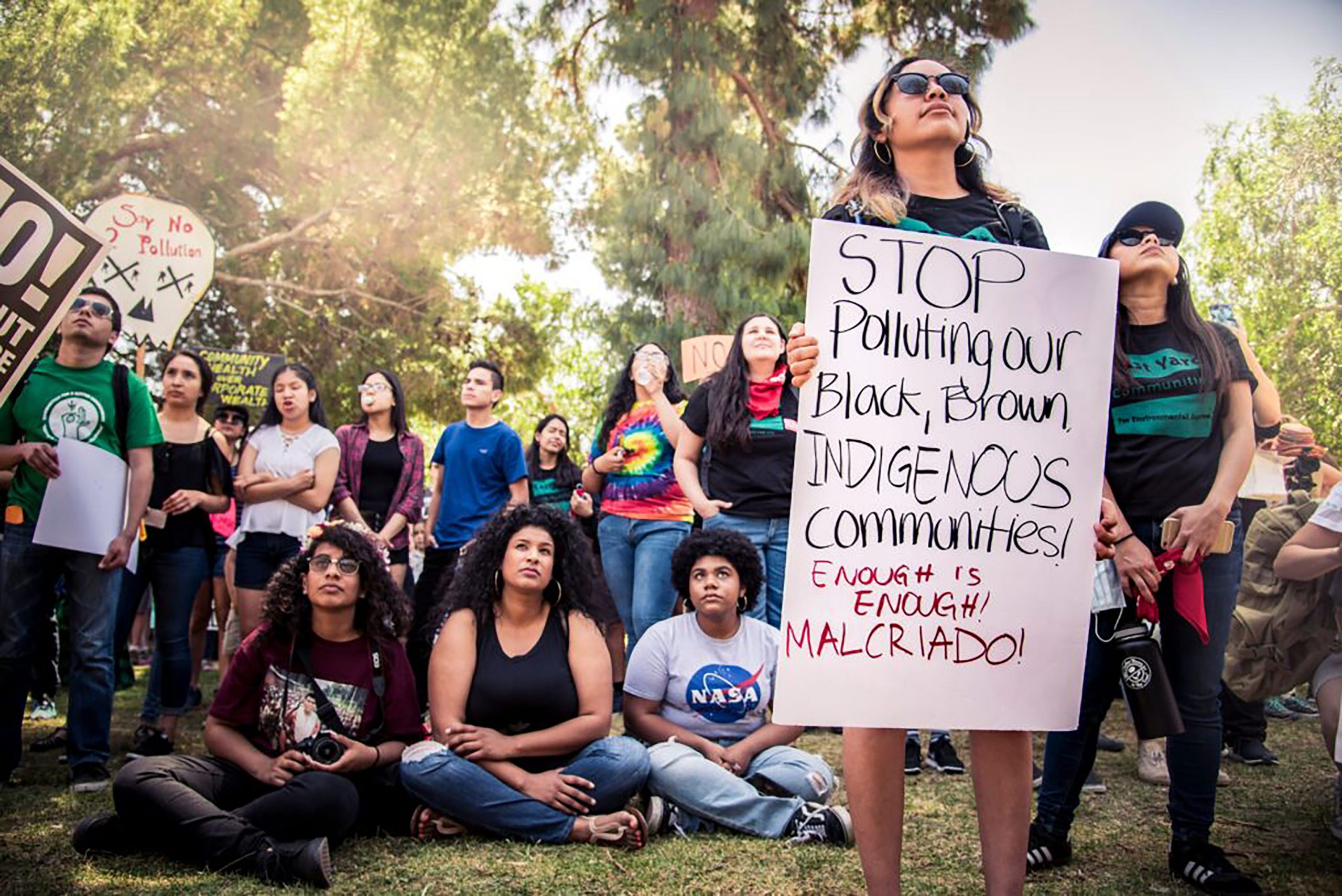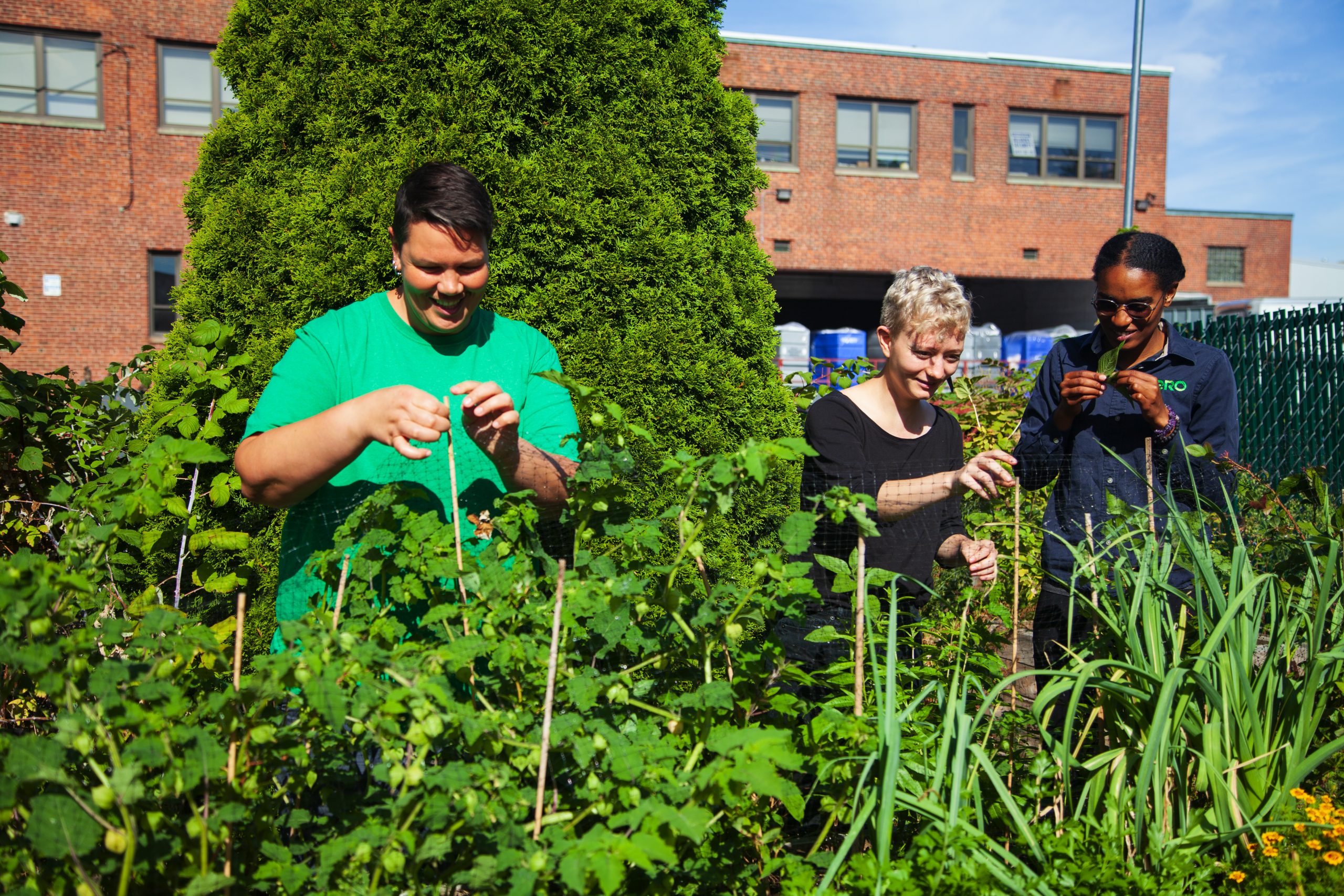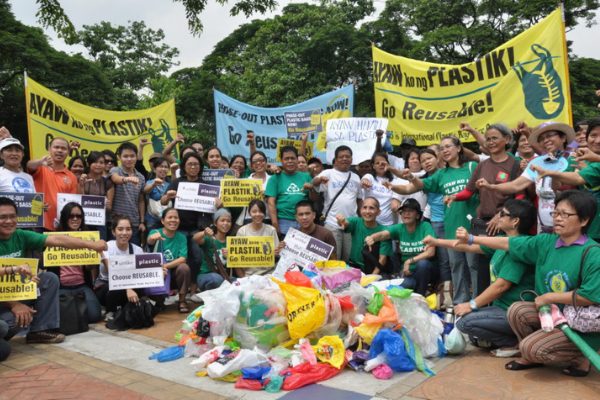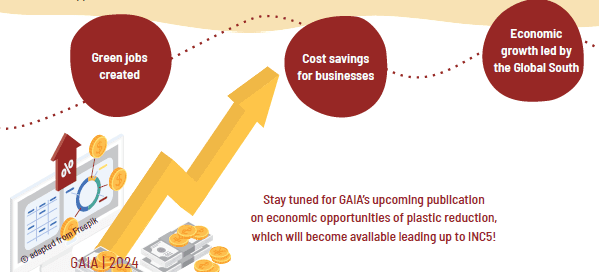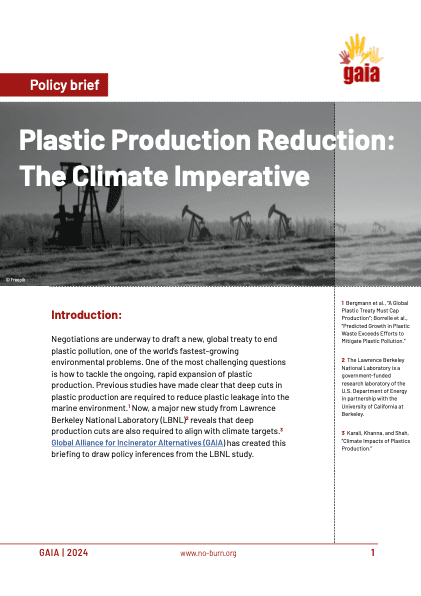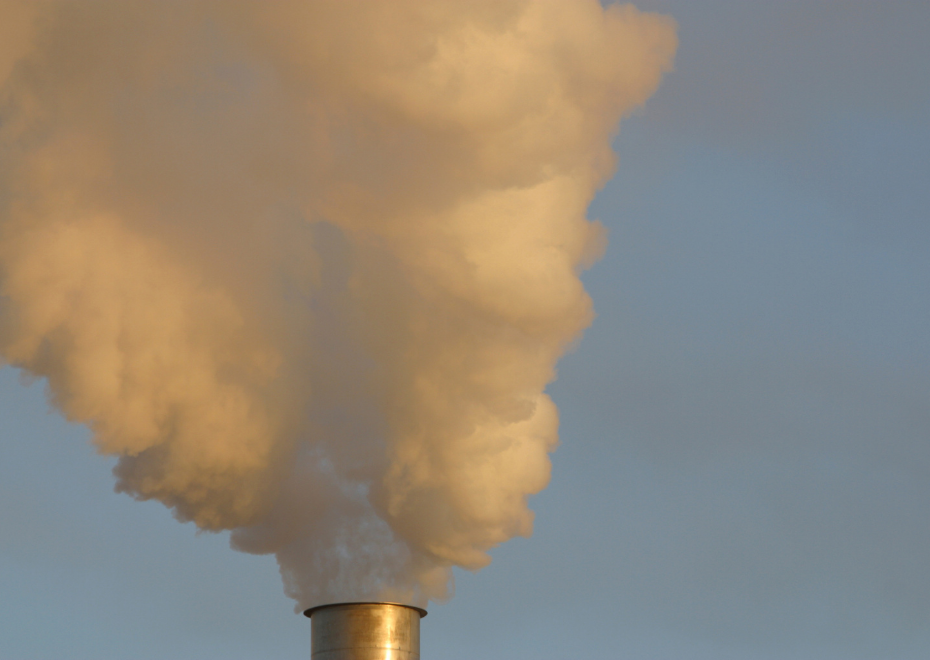Incinerators have plagued communities across the U.S. for decades with harmful air emissions, accidents, and other health and safety-related concern. Now, all but one of the 73 that remain are reaching the end of their lifespans. Cities have a choice to make: they can create a new generation of incinerators, condemning environmental justice communities to many more decades of severe health impacts, and costing municipalities millions of dollars to operate. Or, they can invest in a just transition to a sustainable system that improves public health and saves money. GAIA is partnering with organizers from the communities most impacted by these facilities who are taking the lead to create livable communities for many generations.
The Problem
Incinerator facilities undermine real solutions, they require high volumes and constant flows of waste to remain profitable, while cities and residents are ready to reduce waste and create more green jobs through zero waste systems. Despite their many hazards, incinerators qualify for renewable energy credits. Incinerators are one of the most toxic, expensive, dangerous, and climate-polluting energy sources in the U.S.
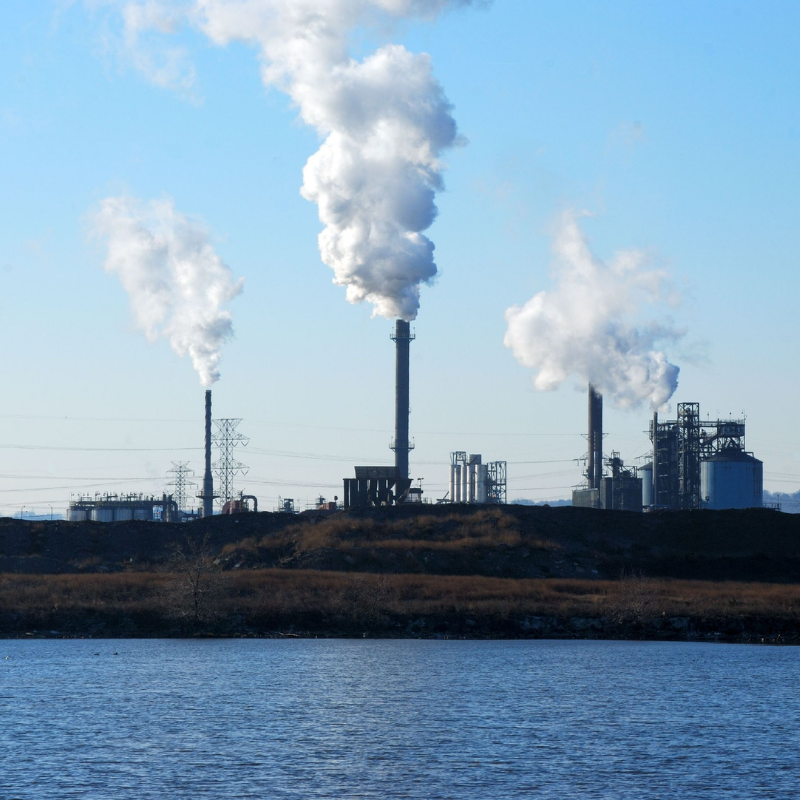
Environmental Racism
Approximately 8 out of 10 incinerators in the U.S. are sited in majority-BIPOC, immigrant, and low-income communities, and approximately 4.4 million Americans live within a 3-mile radius of an incinerator.

Bad For The Climate
They are a major contributor to climate change, emitting 68% more greenhouse gases per unit of energy than coal plants and nearly one ton of CO2 emissions for every metric ton of plastic burned.

Put Human Health At Risk
By emitting carbon monoxide, dioxin and furans, mercury, lead, particulate matter, sulfur dioxide and nitrous oxide, pollutants that are significantly noxious even in trace amounts. ECHO data for the 73 remaining incinerators in the U.S. reveals that an estimated 21 incinerators received 126 “Federally Reportable Violations” under the Clean Air Act between 2016 and 2019.

Bad Investment
Incineration is one of the most expensive forms of energy generation in the U.S., costing twice as much as nuclear and solar, and three times as much as wind. In some cities, incinerator debt has contributed to bankruptcy.
The solution
In our collective vision of a just transition, communities move away from the current extractive economy toward a regenerative economy that creates clean green jobs, fair wages, and safe and equitable workplaces. Incineration workers would be prioritized in retraining for any of the multitude of jobs created by a zero-waste economy. To build toward this vision, communities are working to shut down incinerators and prevent new ones from being built, while promoting the adoption of zero waste policies that replace toxic, harmful waste management practices. GAIA supports these communities to educate the public about incinerators’ true climate, environmental, and economic impacts and lift up the benefits of zero waste. We support community-led organizing because we believe only work that is grounded in the needs and realities of impacted communities will create real and lasting change.
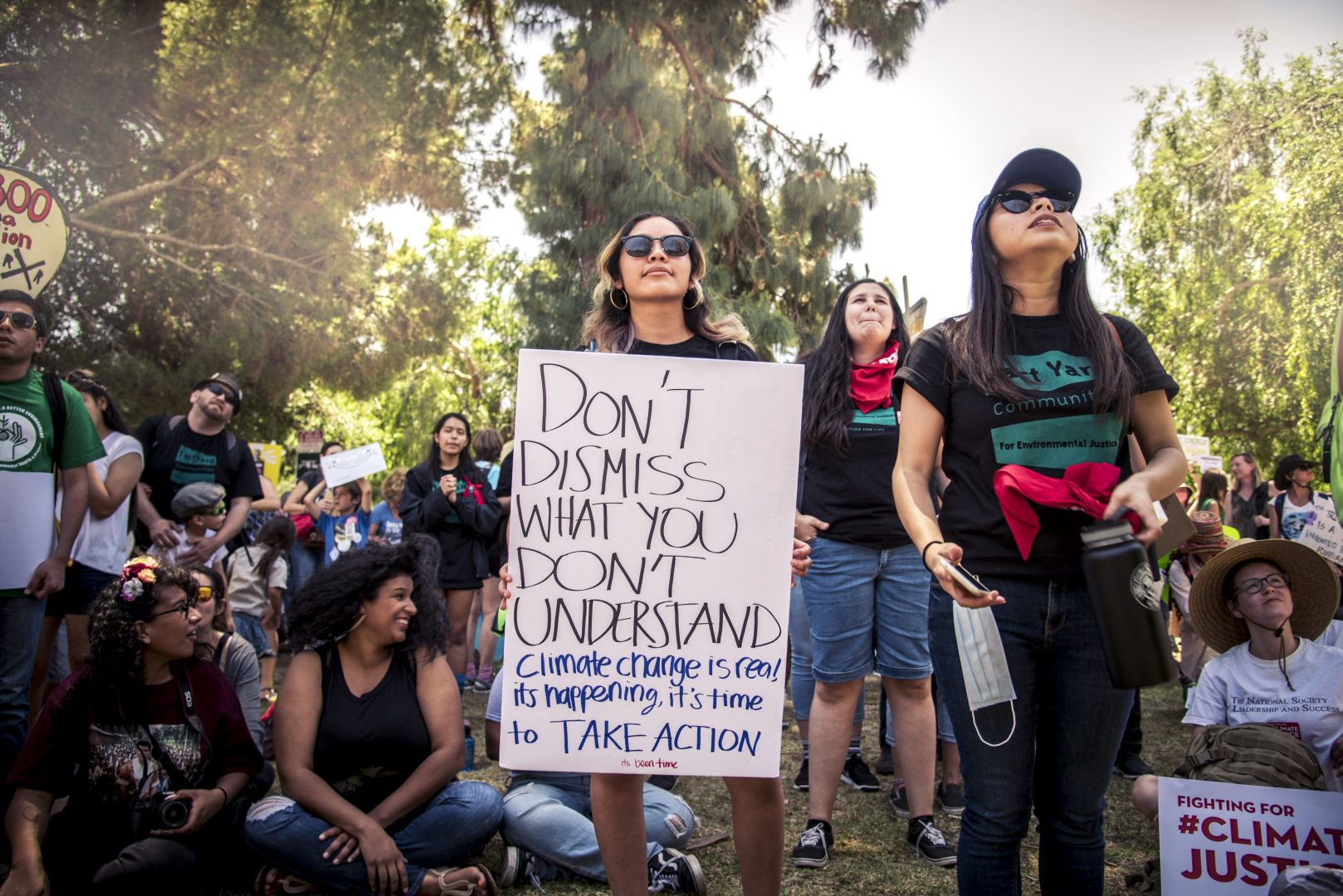
Partner Projects
Core partners are part of a cohort of organizations in GAIA’s Failing Incinerators Project. GAIA provides communications support, research, and technical assistance to the selected cohort of organizations while aiming to foster relationships among grassroots peer organizations for shared learning to identify best practices and effective strategies to shut down incinerators and build the zero waste movement.
